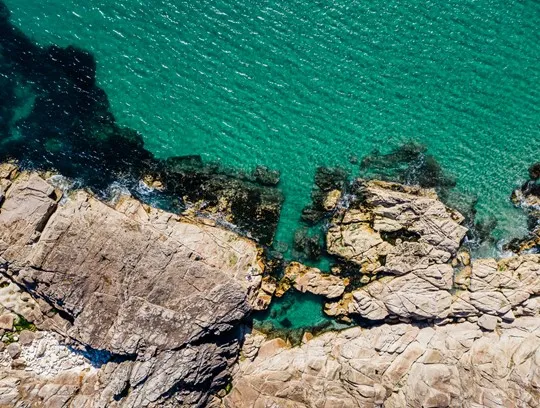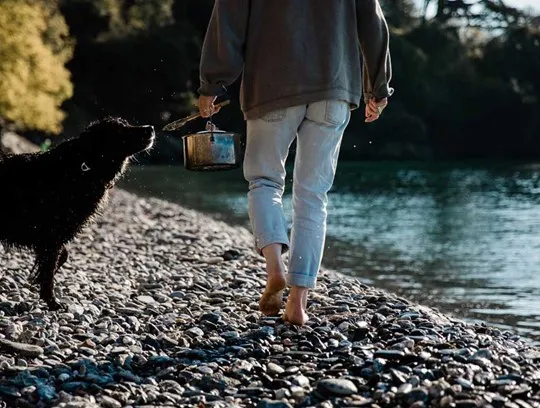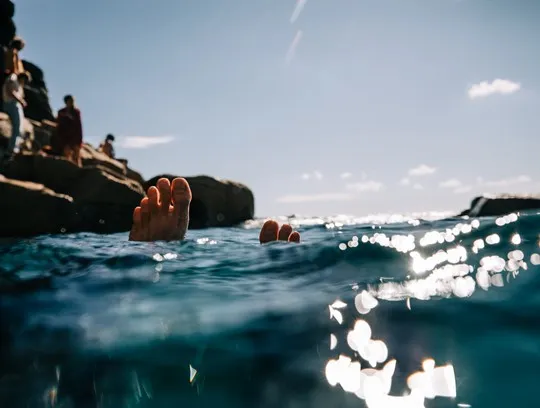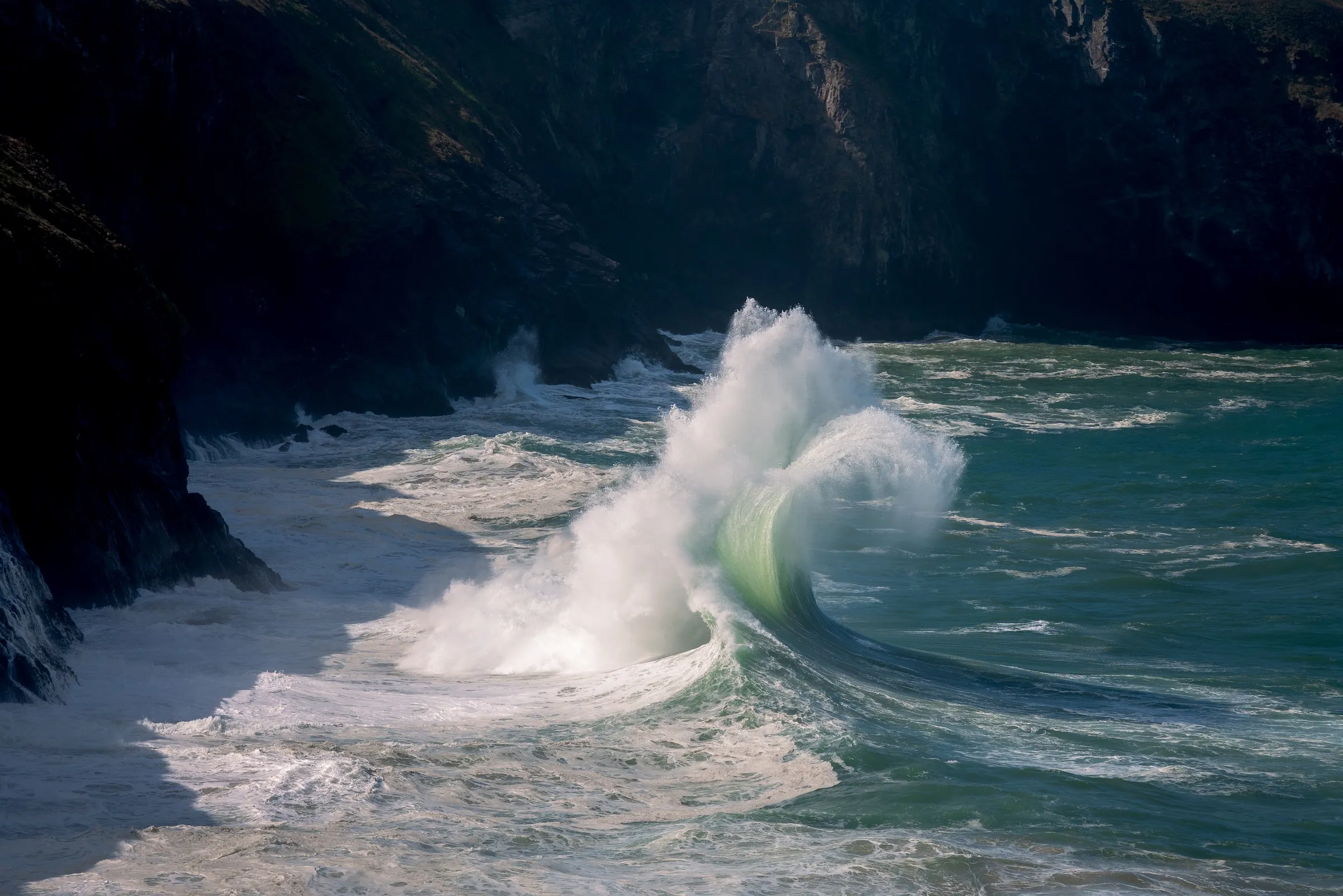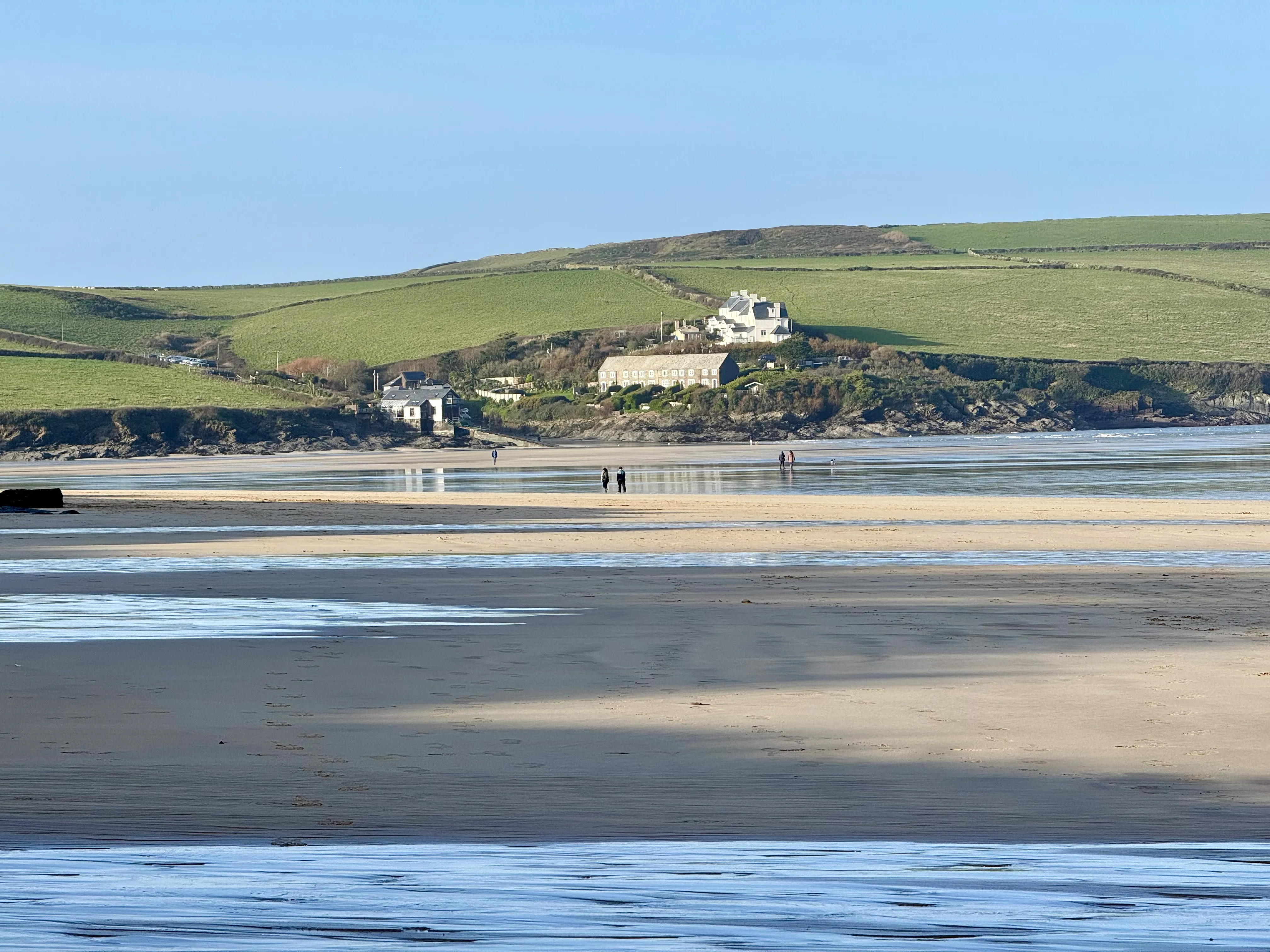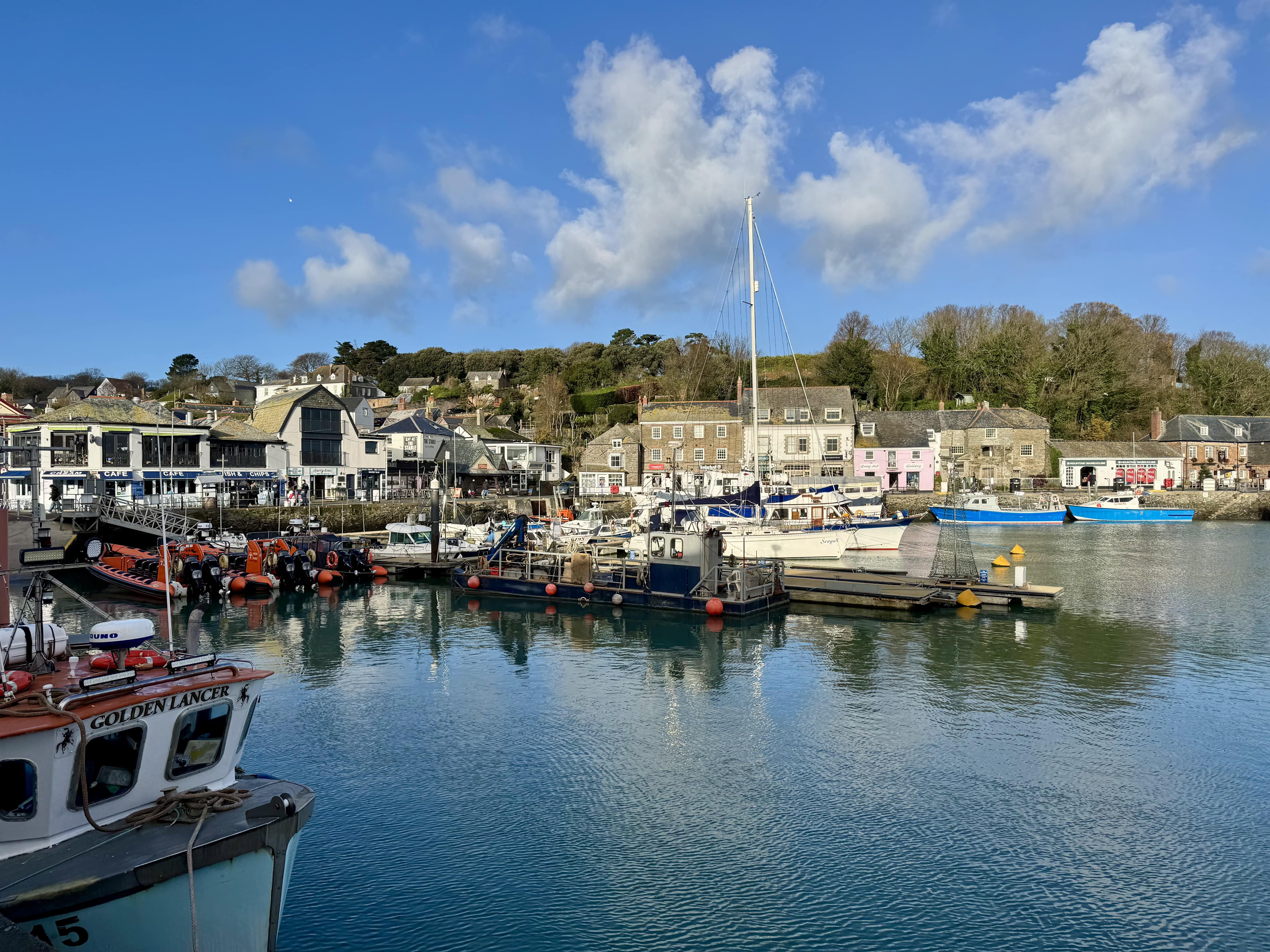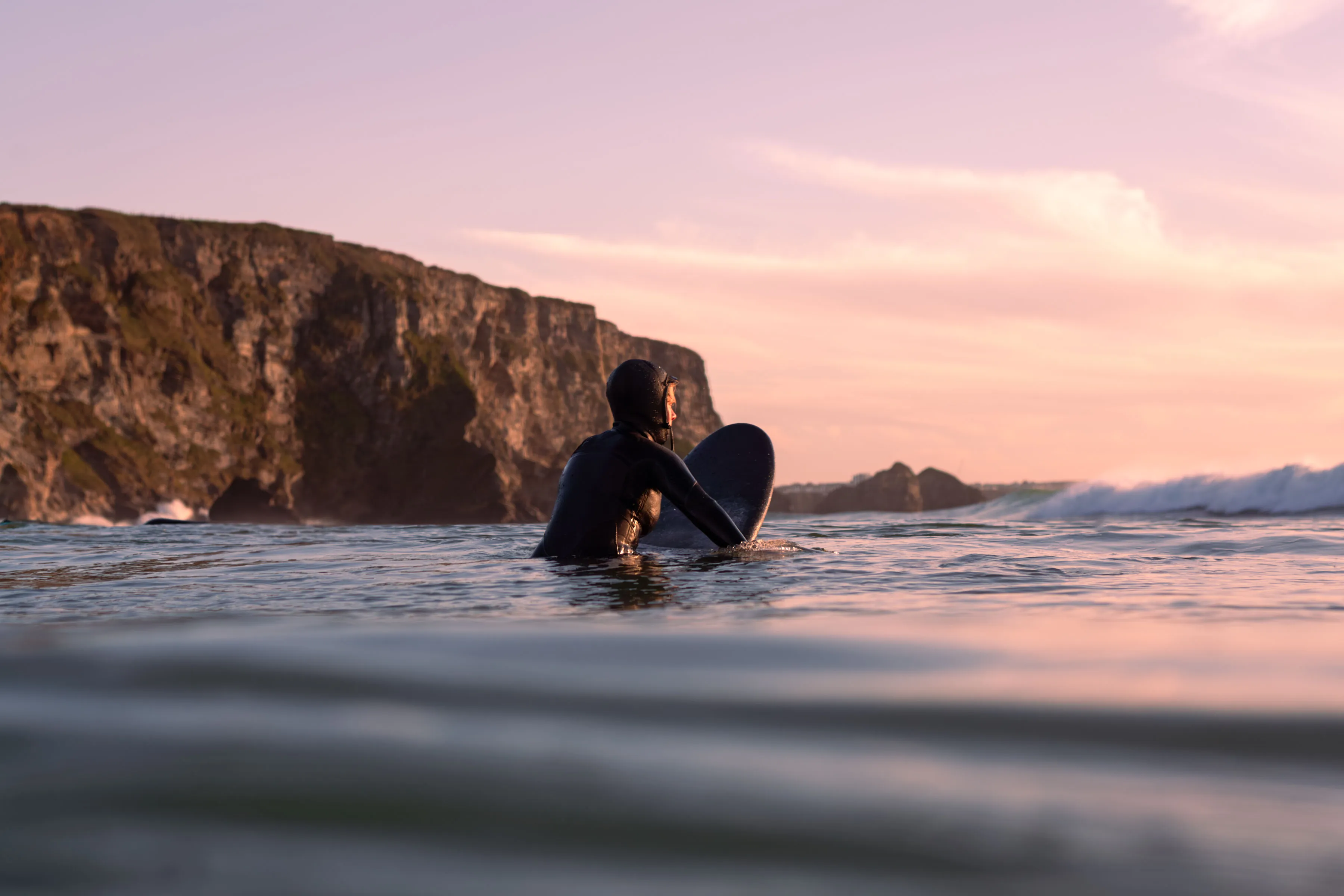Home / Cornwall’s Wild Larder
Cornwall’s Wild Larder
14th May 2020
At a time when the seasonality and provenance of our food are becoming evermore important, people are opening their eyes to our edible landscape. Cornwall is a foodie haven renowned for its abundance of fresh ingredients plucked from the coast and countryside, so it’s little wonder that the shoreline and hedgerows are bursting with them. Cliff-tops are thriving with samphire, gorse flowers and wild garlic, boulders are strewn with edible seaweeds and hedgerows are bursting with all sorts of berries and herbs.
It’s not often that people compare Cornwall’s landscape with the shelves of a supermarket, but whether you want to make chutney or serve up a three-course feast, expert forager Caroline Davey can show you where to find an array of ingredients in nature’s larder. “It’s about using foraged foods like any other ingredients you would buy from the supermarket, and making interesting, delicious dishes with them,” says Caroline.
Fancy staying in a holiday retreat with a hot tub? Check out our cottages with a hot tub for a relaxing getaway.
A keen cook with a background in ecology and botany, Caroline started supplying local restaurants with foraged ingredients back in 2007, and by 2008 she had launched Fat Hen – her own foraging and wild cookery school. Caroline’s renovated barns tucked in the wilds of West Cornwall are the perfect base to bring people together to enjoy the Great Outdoors, go foraging and create fabulous feasts from nature’s bounty. This isn’t foraging for survival’s sake. Greens, herbs, salad, veg, seaweeds, flowers, seeds and roots are cooked up into restaurant-worthy dishes, sometimes topped up with seafood from the local fishermen. “People start identifying edible plants in a bunch of greenery or seaweed and realise not only that they can eat them, but that they actually taste really good,” says Caroline. “The profile of wild food is changing. It’s not just eating wild food that’s important; it’s the process of foraging for our own ingredients that is emphasising our connection with food and the landscape. When you get down to the beach and you’re out foraging you’re living so much in the moment and everything feels so good.”
SEASIDE FORAGING
Anyone can go out and forage for ingredients along the shoreline – seashore plants are very distinctive and quite easy to identify with the help of a guidebook to wild ingredients. Caroline recommends River Cottage’s Edible Seashore.
The coastline is a great place to find seaweed, samphire and sea beet, all delicious served up with line-caught mackerel or foraged mussels. Then you can scour the woodlands and hedgerows for berries, edible flowers, three-cornered leeks and nettles.
Six wild ingredients to forage for in Cornwall
ELDERFLOWER – the taste and scent of English summer. The sweet flavour of elderflower makes delicious cordial and non-alcoholic elderflower champagne’, and can also be used in salads and dressings.
NASTURTIUM
Part of the watercress family, nasturtiums grows so vigorously in Cornwall that some people consider them to be a weed. The leaves and petals have a peppery, tangy flavour and add wonderful colour and punch to a summer salad.
APPLE MINT
A versatile ingredient for cocktails and summer barbecues. Apple mint adds a zingy flavour to salad dishes, cocktails and meat. Or you can simply pour boiling water over a sprig for fresh mint tea.
BLACK MUSTARD
The strong and peppery leaves can be used for frittatas, salads or as a cooked green. Use the flowers in a salad or a Bloody Mary.
ROCK SAMPHIRE
Named after St Pierre (the patron saint of fishermen), samphire is delicious pickled, in a salsa verde, in fritters or alongside fresh fish.
MUSSELS
Our favourite food to forage for has to be mussels. Pick them off the rocks at the lowest tide and steam them in white wine with garlic and cream. Don’t pick them after rain or near a river-mouth and only from September to April.
FAT HEN – www.fathen.org, 01736 810156
Check out our holiday properties in Mousehole to experience everything Penzance and the area has to offer.
Unearth fascinating finds and foraging adventures with Beach Retreats’ insightful guide.
